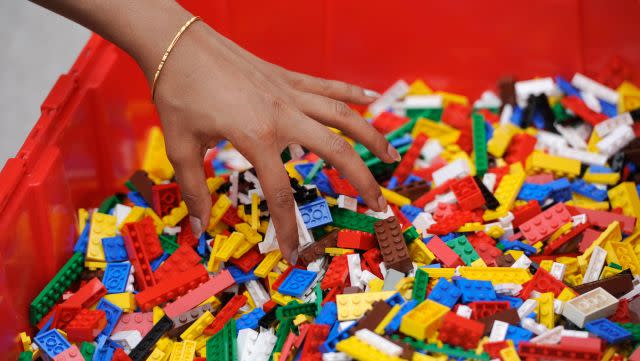One of the biggest toy companies on earth owes its turnaround to a child skateboarder

In the early 2000s, the Lego Group was hemorrhaging money and sifting through reports that creative toys faced an agonizing death in the digital era. In 2015, the Danish toymaker’s net profits rose 31% over the previous year, and with $5.3 billion in sales, the company now is challenging Mattel as the world’s largest toy company.
The toymaker’s redemption came in part by ignoring big data and focusing on what delights people, or kids. As told by Martin Lindstrom, a Lego consultant, in his new book Small Data: The Tiny Clues That Uncover Huge Trends, CEO Jørgen Vig Knudstorp ordered a deep dive into how kids play with Legos shortly after he took the reins in 2004. As part of that effort, the marketing team called on an 11-year-old boy in Germany.
The boy loved Legos and skateboarding, and proudly showed visitors his prize possession: a ratty, beat-up pair of sneakers worn while mastering his tricks. His pride in having worn out his shoes in all the same places the pros did illuminated something that piles of consumer research did not: Digital era or not, kids still cared deeply about mastering a skill and being able to show off the evidence of their work.
“For kids, it was all about paying your dues and having something tangible to show for it in the end,” Lindstrom wrote.
Such on-the-ground research led Lego to focus on its toys instead of expanding into businesses such as theme parks. The company began creating brick kits for girls and boys that replicated that challenge of working towards a goal.
Bricks became even smaller and more specialized. Instructions got more complicated. But finishing an intricate Lego set like the 3,800 piece Death Star gave kids a satisfying sense of achievement much like mastering a rail slide.
To Lindstrom, the visit with the skateboarding German became a lesson in recognizing the limitations of data, and knowing when to complement numbers with real-life observation. “As big data continues helping us cut corners and automate our lives, humans in turn will evolve simultaneously to address and pivot around the changes technology creates,” he wrote. “Big data is often compromised whenever humans act like, well, humans.”

Sign up for the Quartz Daily Brief, our free daily newsletter with the world’s most important and interesting news.
More stories from Quartz:

 Yahoo Finance
Yahoo Finance 